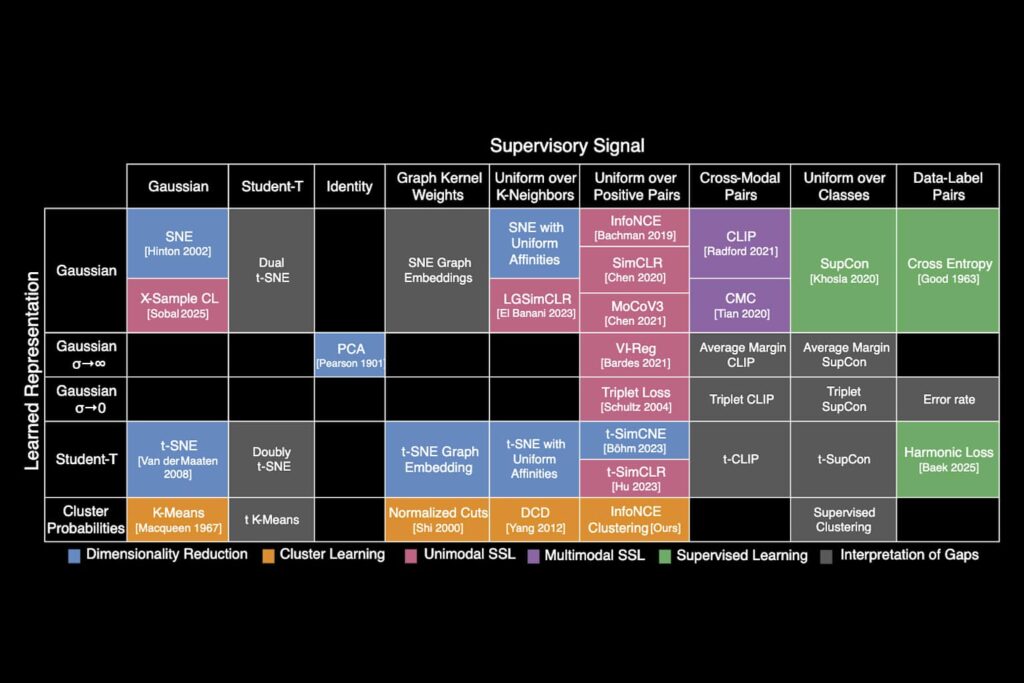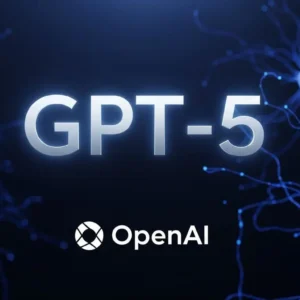MIT researchers have introduced a powerful new tool called the “periodic table of machine learning.” This creation offers a better way to organize and understand over 20 classic machine learning algorithms. Built around a concept named Information Contrastive Learning (I-Con), the framework connects many machine learning methods using one simple mathematical equation.
Just like the chemical periodic table, which organizes elements based on their properties, this table groups machine learning algorithms by how they manage and understand data. This breakthrough could lead to faster, smarter innovation in artificial intelligence across many fields.

A New Way to Explore Machine Learning
Machine learning can seem complicated because it involves many different types of algorithms. Each algorithm has its own purpose, whether it is sorting data, finding patterns, or making predictions.
The periodic table of machine learning makes it easier to see how these algorithms are related. Using the I-Con framework, researchers have found that many different methods share a common mathematical idea.
This discovery allows scientists to:
- Combine techniques in smarter ways
- Develop new models faster
- See connections that were hard to notice before
The table also predicts possible new algorithms that have not been invented yet. This is similar to how the chemical periodic table predicted new elements before they were found.
How the I-Con Framework Changes the Game
At the center of the periodic table is a simple but powerful equation. It ties different types of algorithms together under one idea: learning relationships between data points. Whether an algorithm is used for sorting, grouping, or predicting, it shares this basic function.
The I-Con framework groups machine learning algorithms into families:
- Classification Algorithms: These are used to label data.
- Clustering Algorithms: These group similar data points together.
- Dimensionality Reduction Algorithms: These simplify large data sets by keeping the important information.
By seeing these relationships clearly, researchers can design better machine learning systems without starting from scratch every time.
Real-World Benefits of the Periodic Table
The periodic table of machine learning is already proving useful. Using the I-Con framework, MIT researchers created a new image classification algorithm by combining parts of two existing ones. This new model performed about 8% better than some of the best current methods.
This improvement shows the real-world potential of the framework. It can help in industries where AI is vital, such as:
- Healthcare (medical imaging and diagnosis)
- Finance (fraud detection and forecasting)
- Technology (self-driving cars and smart assistants)
Helping Researchers Avoid Wasted Efforts
Another big advantage is that it prevents scientists from repeating old ideas unknowingly. The table maps out what has already been done and points to new unexplored areas. This saves time, resources, and effort.
The periodic table also offers a clear visual guide, making it easier for new students and young researchers to understand machine learning quickly and deeply.
The Future of Machine Learning with I-Con
MIT’s periodic table of machine learning is only the starting point. As more researchers use and improve this framework, it will likely become a standard tool in AI research labs worldwide.
The empty spaces on the table are especially exciting. They suggest where undiscovered algorithms might be hiding, just waiting to be developed. Future discoveries could lead to better AI systems that are faster, safer, and more accurate.
This structured approach also opens the door for collaborations between different fields. For example, chemists, physicists, and engineers could now better understand machine learning, helping to speed up innovation across many industries.
Conclusion
MIT’s periodic table of machine learning brings a much-needed sense of order to the fast-growing world of artificial intelligence. By connecting over 20 different algorithms through one common framework, it allows researchers to build stronger models and discover new possibilities faster.
The I-Con framework not only improves current AI models but also offers a roadmap for future breakthroughs. With this tool, the journey of machine learning becomes more organized, predictable, and full of exciting opportunities.
References
- MIT News: Periodic Table of Machine Learning
- ScienceDaily: MIT’s AI Framework
- Mindplex Magazine: I-Con Framework
- TechXplore: Machine Learning Breakthrough








